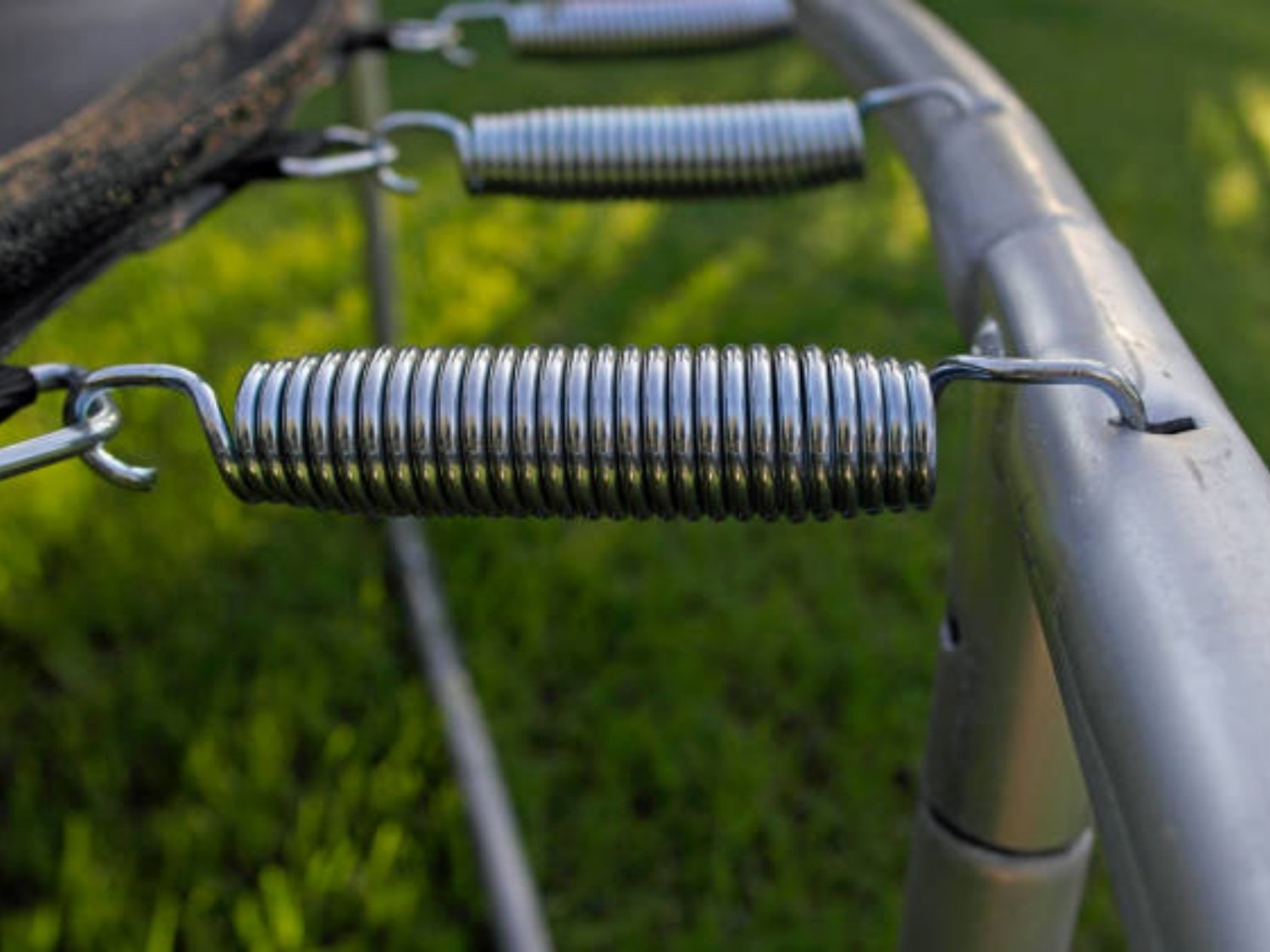The Ultimate Guide to gas tension springs: What You Need to Know
Gas Tension Springs: An Introduction
Gas tension springs, also known as gas springs or gas struts, are mechanical devices commonly used in various applications to provide controlled and reliable force. These springs operate based on the principle of utilizing compressed gas to generate the necessary tension or force. In this article, we will explore the different aspects of gas tension springs, their applications, working principles, and benefits.
1. Understanding the Working Principle of Gas Tension Springs
Gas tension springs work on the basic principle of utilizing the force generated by compressed gas to provide tension or support. These springs consist of a cylinder filled with pressurized gas, typically nitrogen. The cylinder is equipped with a piston, which separates the gas from the oil or grease contained in the cylinder.
When the gas spring is compressed or extended, the pressure inside the cylinder increases, and the force generated is used to create tension or support. The force exerted by the gas tension spring can be adjusted by altering the gas pressure or the size of the cylinder.
2. Applications of Gas Tension Springs
Gas tension springs are widely used in various industries and applications due to their numerous benefits and versatility. Here are some common applications:
2.1 Automotive Industry
In the automotive industry, gas tension springs find applications in trunk lids, hoods, tailgates, and convertible tops. These springs provide the necessary support and controlled motion, ensuring safety and convenience for users.
2.2 Furniture Industry
Gas tension springs are extensively used in the furniture industry, particularly in recliners, office chairs, and adjustable beds. These springs provide adjustable and controlled support, allowing users to customize their seating positions for comfort.
2.3 Aerospace Industry
The aerospace industry utilizes gas tension springs for various purposes, including cabin doors, luggage compartments, and seating systems. Gas springs offer lightweight and reliable support, ensuring efficient operation and safety in aircraft.
2.4 Medical and Healthcare Industry
In the medical and healthcare industry, gas tension springs are used in hospital beds, dental chairs, and rehabilitation equipment. These springs provide smooth and controlled movement, enhancing patient comfort and facilitating medical procedures.
3. Benefits of Gas Tension Springs
Gas tension springs offer several advantages over traditional mechanical springs or hydraulic systems. Here are some key benefits:
3.1 Adjustable Force
One of the significant advantages of gas tension springs is their adjustable force. By modifying the gas pressure or cylinder size, the force exerted by the spring can be customized according to specific requirements.
3.2 Controlled Motion
Gas tension springs provide controlled and smooth motion, ensuring precise movement in various applications. The gas inside the spring acts as a damping medium, minimizing vibrations and preventing sudden movements.
3.3 Compact Design
Gas tension springs are known for their compact design. They occupy minimal space and can be easily integrated into different systems or structures without causing interference or obstruction.
3.4 Improved Safety
Gas tension springs offer enhanced safety features compared to traditional springs. They can be designed with built-in locking mechanisms or dampers to prevent sudden or accidental release of tension, reducing the risk of injury.
4. Factors to Consider When Choosing Gas Tension Springs
When selecting gas tension springs for your specific application, certain factors should be taken into account:
4.1 Load Capacity
The load capacity of the gas tension springs should match the weight or force they need to support. It is essential to consider both the static and dynamic loads to ensure optimal performance and longevity.
4.2 Stroke Length
The stroke length refers to the maximum distance the gas tension spring can extend or compress. It is crucial to choose a spring with an appropriate stroke length to accommodate the required movement in your application.
4.3 Operating Temperature
Gas tension springs can be affected by extreme temperatures. It is important to consider the operating temperature range of the spring material and choose accordingly to ensure optimal performance and longevity.
4.4 Mounting Orientation
The mounting orientation of the gas tension spring can significantly impact its performance. It is essential to follow the manufacturer's guidelines and ensure proper alignment and installation for optimal results.
5. Maintenance and Care Tips for Gas Tension Springs
Proper maintenance and care can extend the lifespan and performance of gas tension springs. Here are some tips:
5.1 Regular Inspection
Perform regular inspections of the gas tension springs to check for any signs of wear, corrosion, or damage. Replace any faulty or worn-out springs immediately to avoid potential failures.
5.2 Lubrication
Apply lubrication to the moving parts of the gas tension springs as recommended by the manufacturer. This helps reduce friction and ensures smooth operation.
5.3 Avoid Overloading
Avoid exceeding the recommended load capacity of the gas tension springs. Overloading can lead to premature failure or reduced performance.
5.4 Protect from Environmental Factors
Shield the gas tension springs from exposure to harsh environmental factors such as extreme temperatures, moisture, and corrosive substances. This helps prevent damage and ensures reliable operation.
6. Conclusion
Gas tension springs are versatile and reliable mechanical devices used in a wide range of applications. Understanding their working principle, applications, benefits, and maintenance tips can help you make informed decisions when choosing and utilizing gas tension springs. Whether in the automotive, furniture, aerospace, or healthcare industry, gas tension springs play a crucial role in providing controlled force and support.

